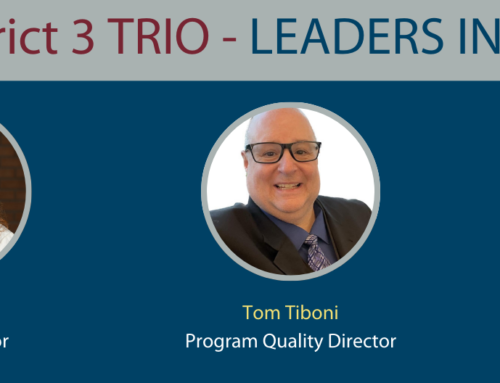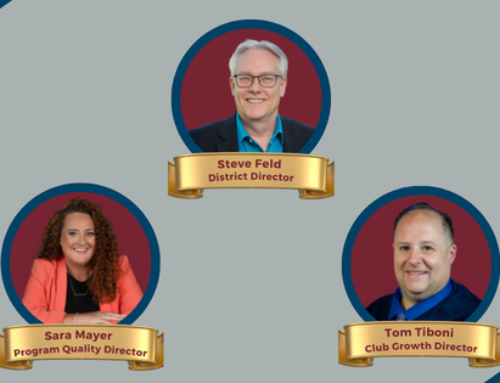
A friend of mine in California sent me an email. New to Toastmasters, he filled a club function for the first time. He explained, “The TM asked me to bring a WOD.” I knew that “TM” meant Toastmaster – but I had no clue about the “WOD.” (What does that mean?) Dean explained by return email that he was the grammarian and was expected to bring the word of the day. WOD! Of course! Now it made sense to me.
I’ve been baffled more than once by the “insider language” found in businesses and clubs like Toastmasters. When people work with the same structure repeatedly, using acronyms help us make our point quickly. Acronyms save us time and mental processing power. It’s easy to use acronyms – and it’s easy to forget that others around us just aren’t tracking.
Chances are, that if you are reading this post, you are a club officer or you have been one. Our clubs have new members, experienced leaders, and members who may become officers in the future. Many of our club-mates have an experience horizon of just weeks or months. Toastmasters International is now 98 years old; Arizona’s District 3 was founded in 1938. We have a long tradition of experience and language that we’ve established together over the years. To manage and lead our programs, Toastmasters leaders have established a collection of acronyms packed tight with meaning. (Here is a list of acronyms frequently used in our Arizona clubs.) Our acronyms embed a lot of meaning into just a few letters. The downside? It’s easy to get confused and disoriented when one hears a new term.
We use acronyms to describe our educational program. We have acronyms useful for working as a club leader. There are still other acronyms used mainly in leading the district services. Use acronyms – but explain what is being covered.
What is a DCP? I learned the meaning of a Distinguished Club Program years ago. This concept could be confusing to new members, and yet the DCP discussion is one of the ideas that a new member is likely to hear when club officers get together. Create an onramp of learning for all members; explain that just as there is a route to becoming a distinguished Toastmaster (DTM), our clubs can also be named distinguished. Focus on what is relevant to the member. Explain the acronym in a meaningful way.
Be mindful that members with less experience want to know what is going on. If there is a discussion with acronyms, they may not want to interrupt. Be aware. Help new members and future leaders connect to the special words we use. Explain the acronyms – and do it repeatedly. We need new leaders to become part of our program. Don’t leave them behind!
Acronyms are potentially a barrier to our future leaders. Practice inclusion – help our members learn the language of Toastmasters. Don’t leave members out of the discussion. Better yet – give an educational speech in your club to introduce and explain frequently used acronyms. Be a mentor and a friend.
Steve Broe is Vice President of Education for Payson Toastmasters and Paradise Valley Toastmasters. He is a Distinguished Toastmaster and the author of LEADING THE WAY UP MT. OLYMPUS, available on Amazon.
More Articles on Acronyms:
https://www.toastmasters.org/magazine/magazine-issues/2021/feb/toolbox-a-language-of-its-own







